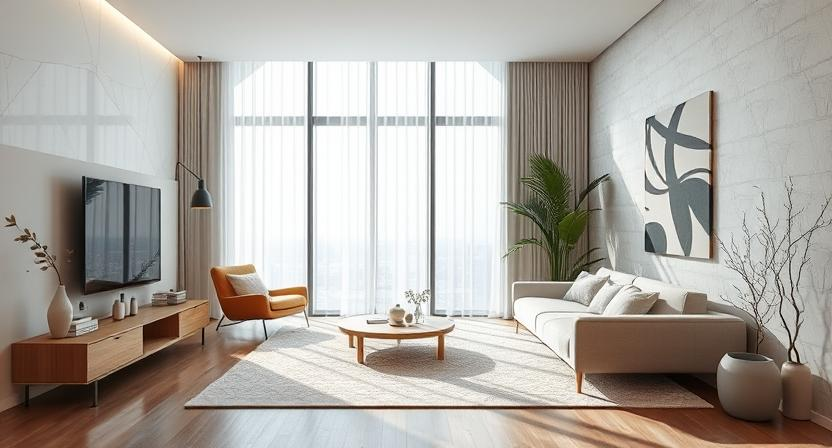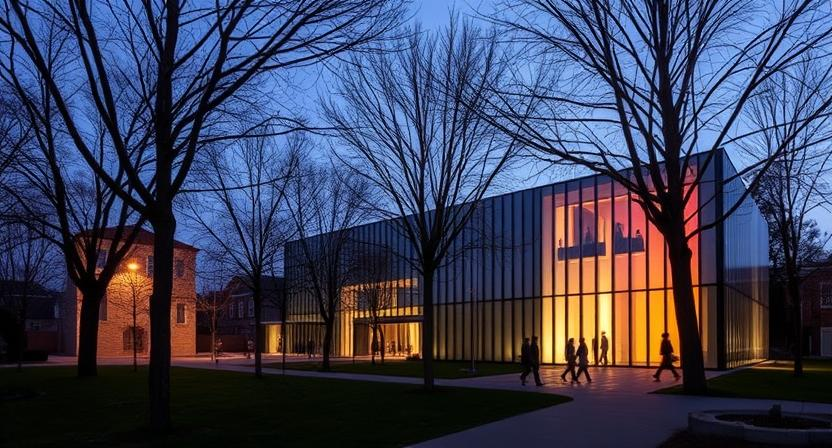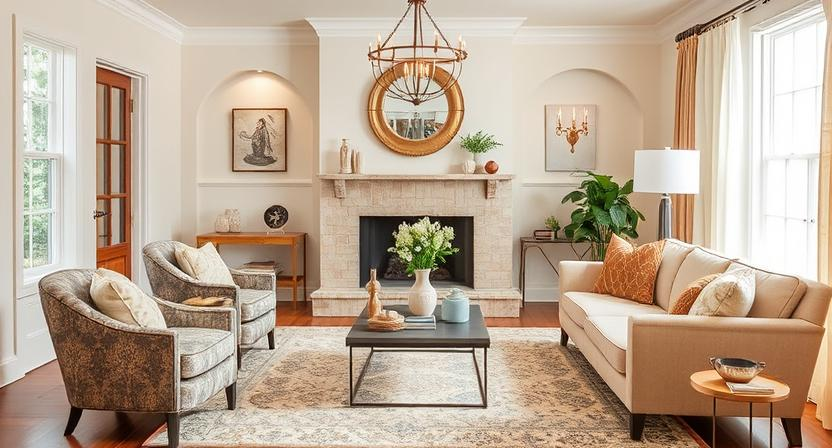For this home situated in Florida, Greyson’s thorough understanding of architectural history would get stretched north in an outdoor environment along the vast gold charms of Miami beachfront property. Partnering with Hargrove, the designer of legendary caliber, Greyson and his team set forth to design a true blending of the tranquil resort-elements of tropical modernism and 20th-century regionalist influences. This beautiful collaboration took on a more relaxed coastal feel in a turn from the normally more classic approach.
Another Magnificent Design for the Space: It is about Simplicity and Calm
The clients worked with Greyson for many projects, and when it came to this vacation retreat, they wanted an oasis of peace, a continuation of the outdoor setting. Inspired by a minimalist Caribbean villa experience, the couple saw a space marked by simple serenity yet with the mark of tasteful and sophisticated style that will withstand the test of time.
The subtle grace of natural materials was celebrated in Hargrove and Greyson’s design intention, constructing a tactility that draws the homeowners into their surroundings. “We really took cues from the site”, says Greyson, who also looked to mid-century architects Paul T. Baker and Harrison Albright for some inspiration. The architecture’s material palette is rich, though understated: sandblasted oak, polished limestone floors, and reclaimed teak beams. Enormous openings wash the indoor space with view and whisper coolness from the outdoors, engaging the residing experience with ocean breezes.
An outstanding design element of the home is the generously proportioned great room on the top floor, with soaring high ceilings and a seamless transition to the loggia through retractable glass doors. The space is populated by large-scale art pieces: each is carefully selected to suit the proportions and design of the room. The scale of the artwork became critical to the overall aesthetic of the home. “The architecture really dictated the need for larger pieces,” Hargrove explains. “We started fresh, selecting art that would fill the space and create a dynamic visual dialogue with the architecture.”

The Art as Role: Architecture Dialogue
An extensive 20th-century collection featured even popular works by Roy Lichtenstein, Alex Katz, and Julie Mehretu. Their artworks collection was the perfect platform for designing the home, with each artwork added to enhance the ambiance and spirit, well thought out to ensure that every piece reflected natural beauty – ways by which home was calming and organic in its design – for the couple working with art consultant Clara Richmond in acquiring that which was precious.
In the living room, a large-scale painting by Sarah Morris punctuates the area over the fireplace and acts as a strong anchor point for this space. To one side is a contemporary sculpture by artist Frank L. Larrabee, almost within the stairwell, its vertical lines echoing the grandiosity of the two-story windows. There, downstairs, in the media room, hangs a flashing piece by artist Gregor Rojas reflecting yellows, greens, and oranges found in the outside landscape, bringing much of that outside in.
“The architecture frames the artwork,” Hargrove says. “Art lifts architecture into the space so that both are in perfect harmony with one another. This is how to animate a building so that it feels alive.” The art piece will not only be a decorative item over the entire architecture, it will also interact with the design of the house while transforming the space completely. Keeping the ambiance fresh and visually stimulating involves breathing life into space through the interplay of these visual elements within the room.

A Timeless Blend of Old and New
The beauty of the project lies in the delicate balance between tradition and innovation. Greysong’s design adopts contemporary ideas; however, the architectural features remain traditional. Such makes it feel more permanent in that aspect. The overall effect is that of timeless elegance, calmness, and refined simplicity, which leave one relaxation invitation.
To integrate modern bits into the old structure became a challenge for Hargrove. Normally inclined toward Classi Americanisms, she layered warmth and livability through judicious choice of fabric, pattern, and texture. Solids with checks and circles introduce a more graphic element to the space that stands in contrast to the organic forms of the nature outside. The color palette is predominated by soft mercurials enlivened with hints of pale teal, moss-green, and a few walls tipped in delicate yellow tones evoking the beach and color of skies above.
“We liberated the feeling completely by the ways we synthesized these influences,” shares Hargrove, “to make it completely contagiously liberating.” It was much fun to have a departure from her normal way of doing things, but they relied on everything the house needed to be unique.

Creating a Home on Ease and Subtlety
The final result is a great mixture of classicism and modernity really creating an open space that is equally inviting and sophisticated. The homeowners can now enjoy their vacation home feels solid and spacious: a house that naturally responds to its tropical context yet creates a molto-private haven. The merging of art, architecture, and function is what creates an environment, so serene, spacious, and comfortable.

The home really speaks about the power of collaboration and the innovation that happens when one merges the past and the present into an entirely unique new creation. “This project kind of put us in a new place,” Greyson says. “It’s been a journey, but totally worth that journey. This house is really an evolutionary revolution in what we might be able to do as designers.”
The assumption that this is “just another holiday home” proves fallacious in the case of this house as the dividing lines between architecture and art blend in their life and passions for this couple. It was not a house, but rather an experience that would last long with the owners and its visitors.